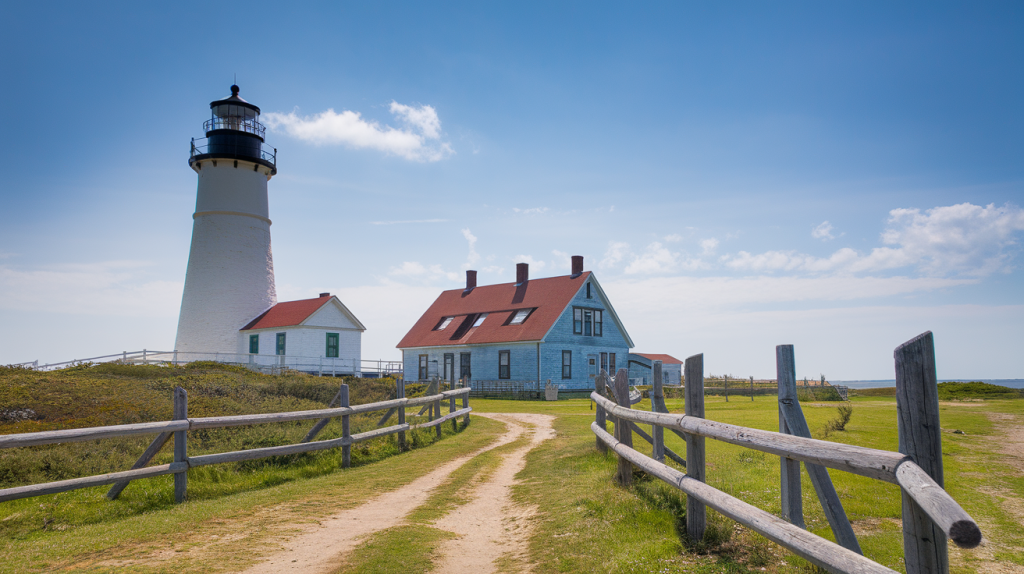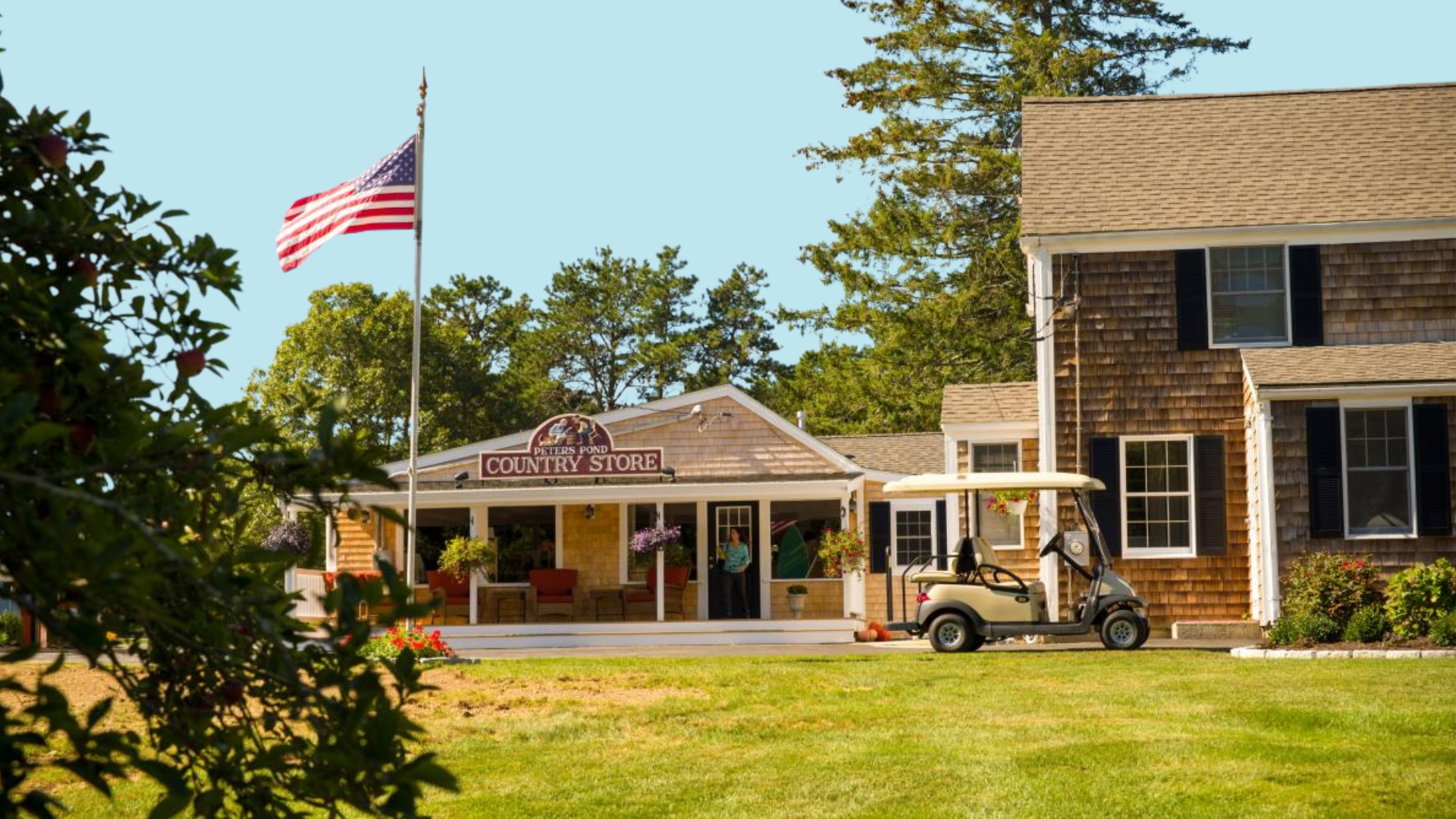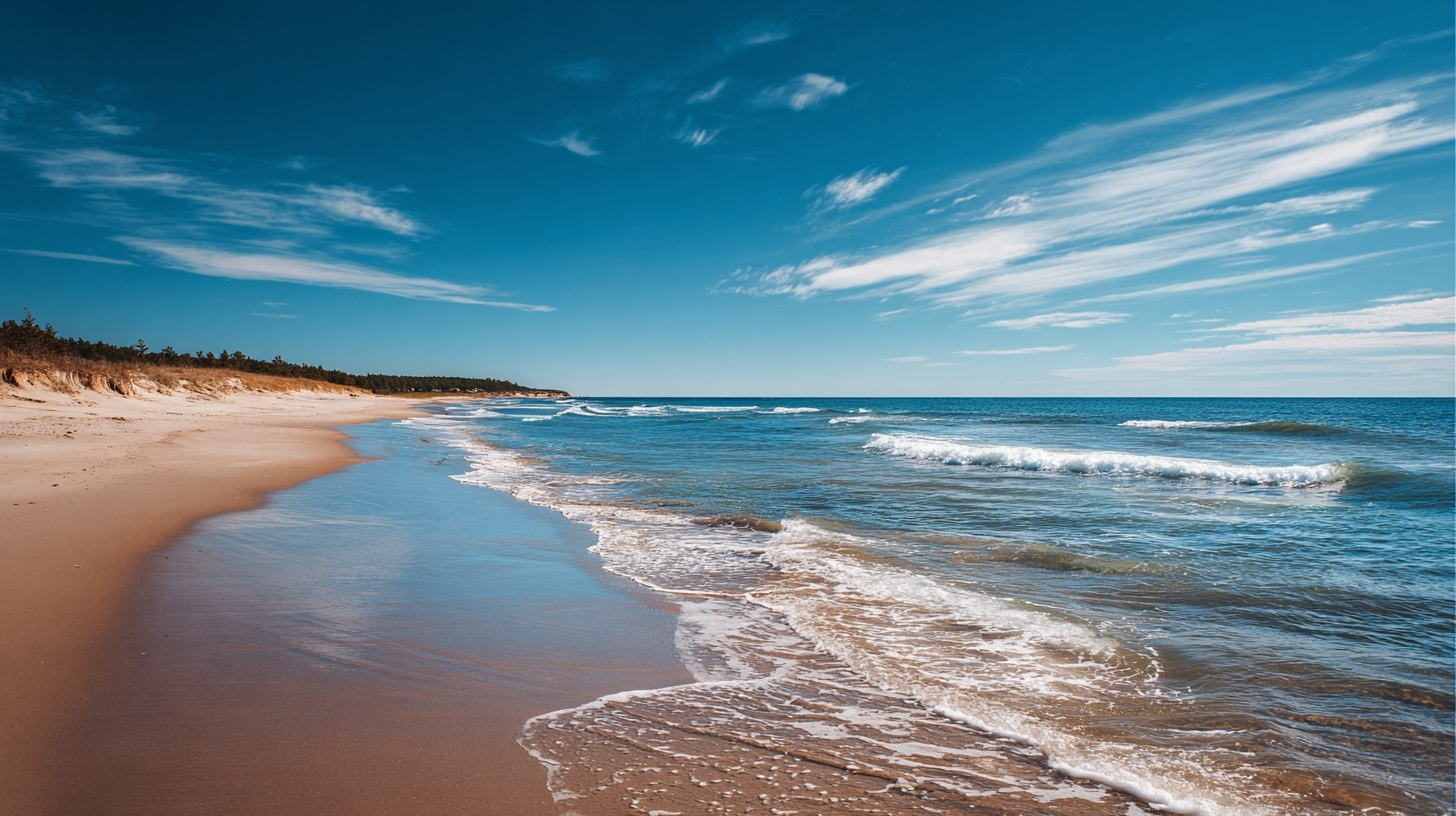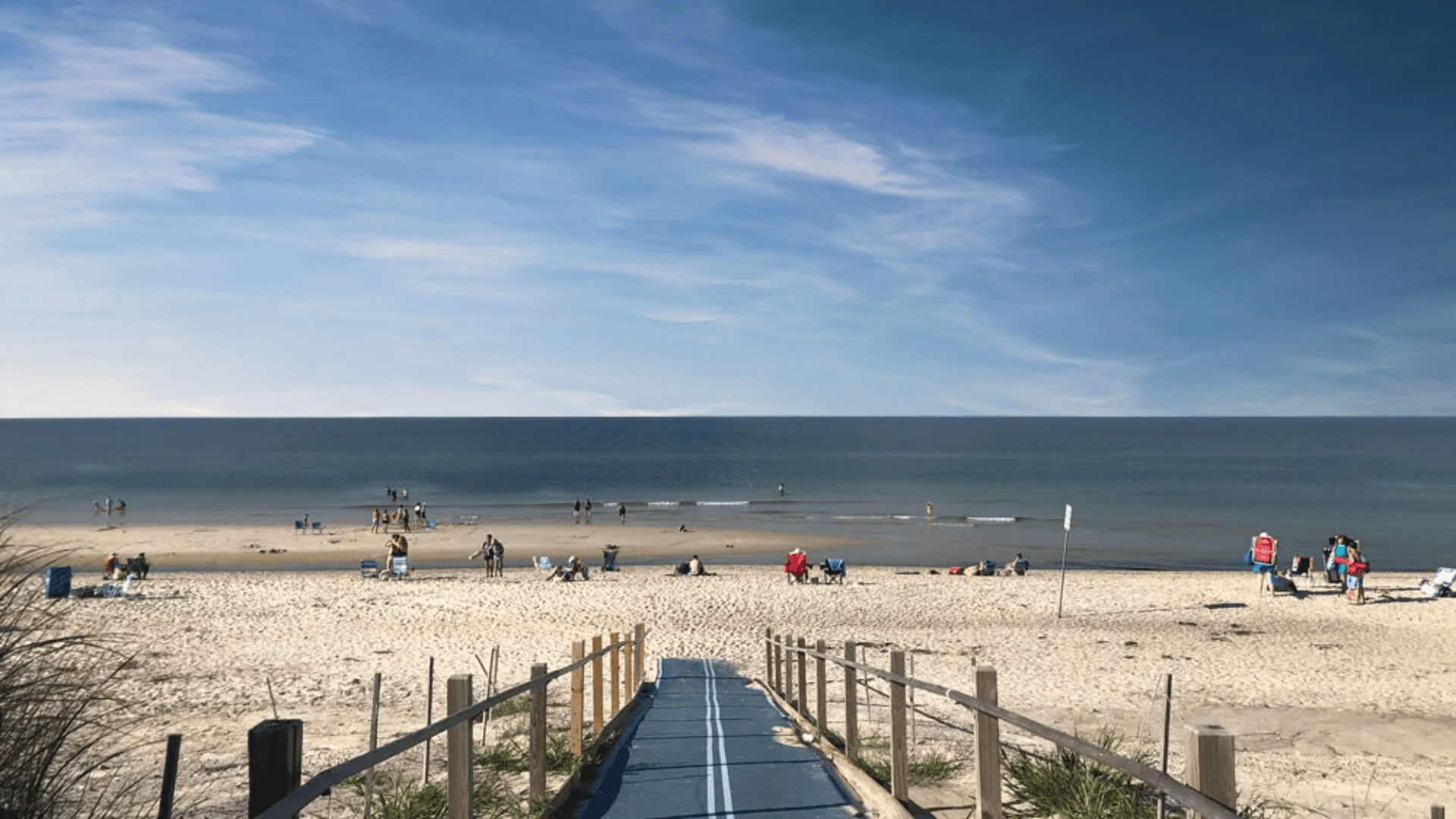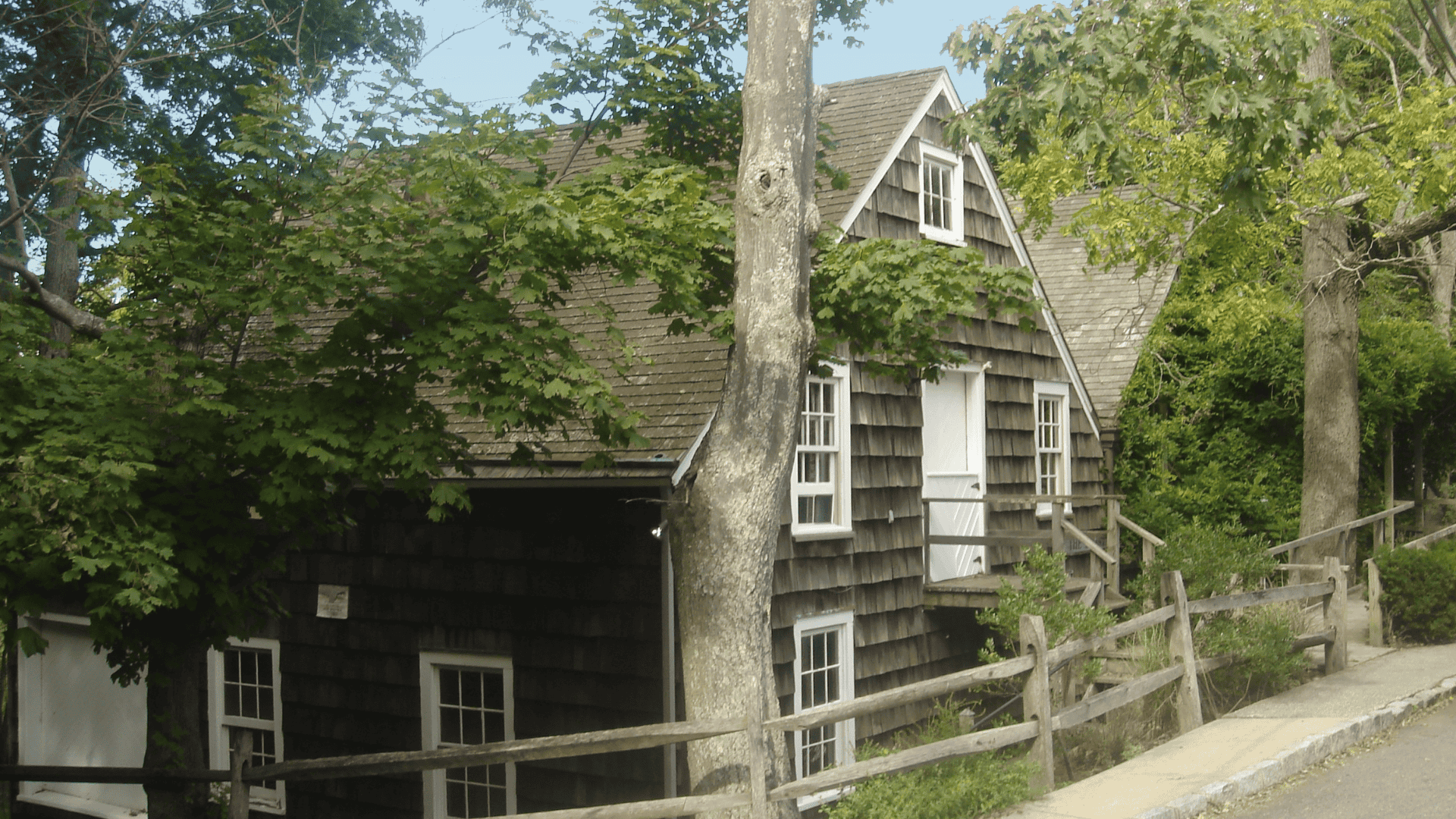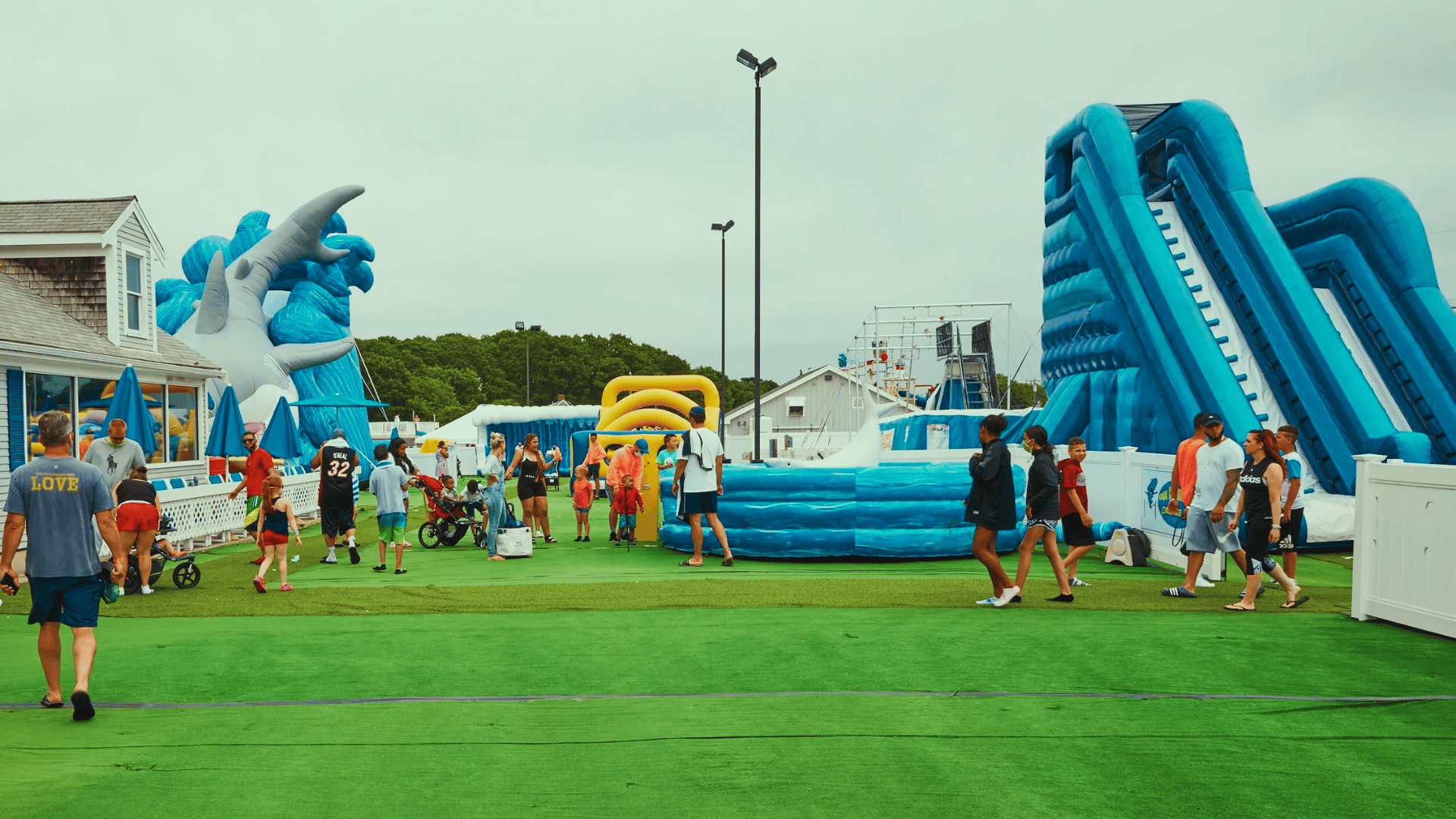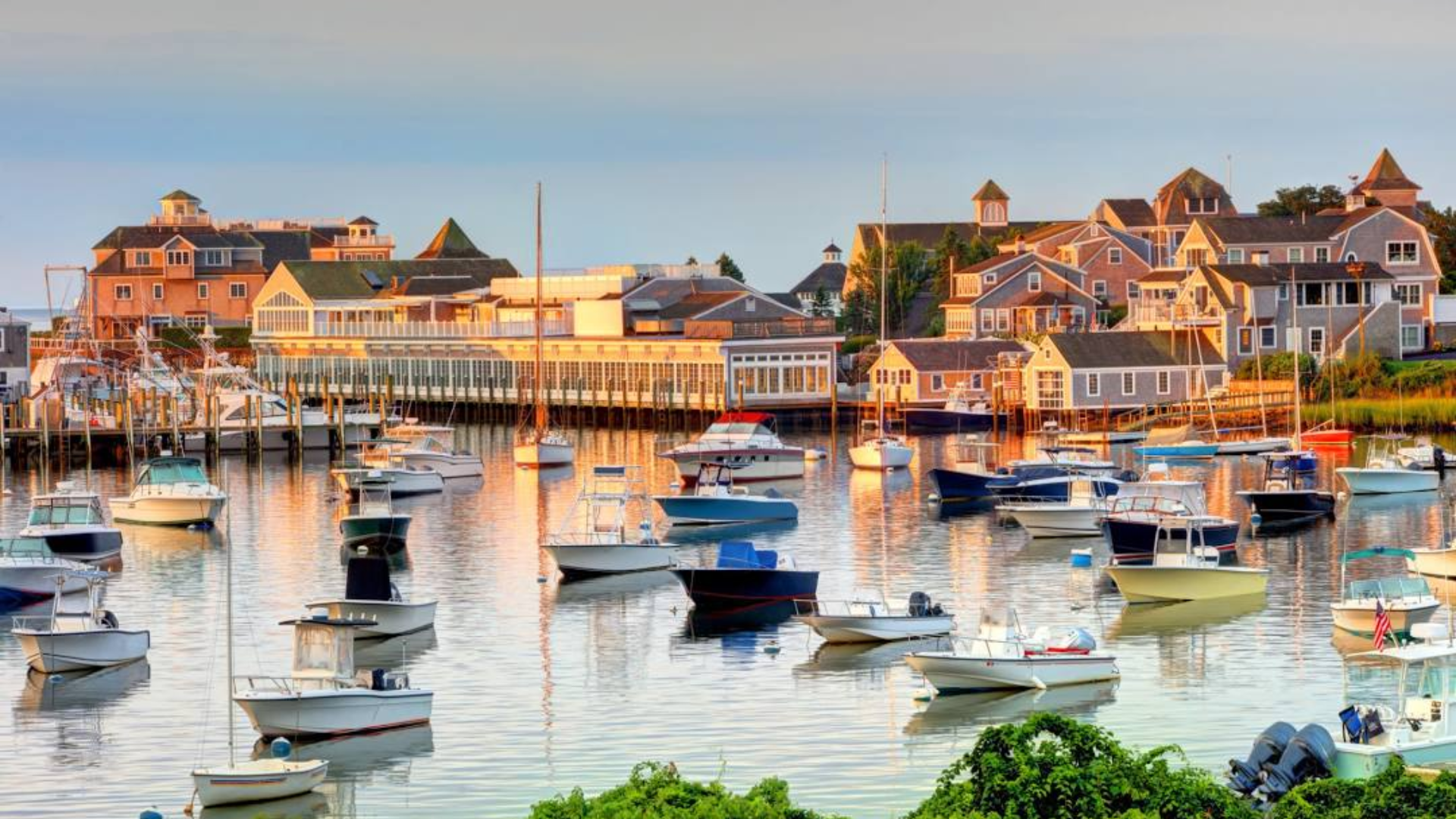Cape Cod has more lighthouses than most people realize. These towers dot the coastline like sentries watching over dangerous waters.
Each one tells a different story about survival and maritime history.
Tourists flock to the famous ones everyone knows about. Meanwhile, lesser-known lighthouses sit quietly along remote stretches of beach.
These towers have interesting backgrounds that go back generations. Most still help boats find their way along the coast.
Ready to see all the lighthouses Cape Cod has to offer? I’ll help you plan visits to both famous spots and hidden treasures.
This guide will help you visit each one without wasting time.
What Makes Cape Cod’s Lighthouses Special?

Image Source: National Park Service
Cape Cod has a long coastline. Ships have traveled these waters for hundreds of years. But the sea can be dangerous.
There are strong waves, rocky shores, and thick fog. Lighthouses helped guide sailors safely to shore.
Each lighthouse has its own shape, color, and light pattern.
This helped sailors know where they were. Many lighthouses on Cape Cod were built in the 1800s. Some are still working today.
How Cape Cod’s Lighthouses Got Started
The first lighthouse in the U.S. was built in 1716. It stood in Boston Harbor. As sea travel grew, more lighthouses were needed.
Cape Cod got its first lighthouse in 1797. It was called Highland Light. Ships often crashed near the Cape due to fog, strong waves, and shifting sand. Highland Light helped guide them to safety.
More lighthouses were added in the years that followed. They were built near busy harbors and dangerous shores. Some were rebuilt after storms. Others were moved inland because of erosion.
For many years, lighthouse keepers took care of the lights. Later, the U.S. Coast Guard took over.
Today, some lighthouse Cape Cod towers still work. Others are museums. Many are cared for by towns or the National Park Service. These lights are now a proud part of Cape Cod’s history.
Why Visit Cape Cod Lighthouses?
Cape Cod lighthouses aren’t just for show; they’re fun, peaceful, and full of history. If you want to enjoy, relax, or take pictures, there’s something for everyone.
- Beautiful Views: Many lighthouses sit on cliffs, dunes, or beaches with wide ocean views.
- Great for Photos: Their shapes, colors, and settings make them perfect for pictures.
- Peaceful Walks: Many spots have trails or quiet paths nearby.
- Climb to the Top: Some let you go up to the lantern room for a view from above.
- Tours and Talks: A few offer guided tours where you can learn cool facts and stories.
- Gift Shops and Museums: Some have small shops or exhibits with lighthouse history.
- Relaxing Spots: Even if you don’t go inside, the view from a distance is worth the trip.
The Best Lighthouses to Visit on Cape Cod
People come from all over to see Cape Cod’s lighthouses. They’re peaceful, historic, and set in stunning places. Below is a list of lighthouses you can visit, from the well-known to the hidden gems.
1. Highland Light (Truro)

Image Source: National Park Service
Highland Light is the oldest lighthouse on Cape Cod. It was built in 1797. It stands high on a cliff in Truro.
The view from here is amazing. You can see the ocean stretch far and wide. The lighthouse was moved back in 1996.
It was too close to the edge because the cliff was wearing away. Today, visitors can climb to the top in summer. There’s also a small gift shop and museum. It is part of the Cape Cod National Seashore.
- Height: 66 feet
- Open to the Public: Yes
- Best for: Views, climbing, history
2. Nauset Light (Eastham)

Image Source: National Park Service
Nauset Light is one of the most loved lighthouses. It is red and white and stands tall near Nauset Beach.
It’s the one you see on Cape Cod Potato Chips bags. It was built in 1877 and moved in 1996, like Highland Light.
The lighthouse has tours in summer. You can also see it from the road or the nearby beach. Parking is close.
- Height: 48 feet
- Open to the Public: Yes
- Best for: Photos, quick visit, beach trip
3. Chatham Light (Chatham)

Image Source: Cape Cod Lighthouses
Chatham Light looks over a busy part of the sea. It has helped ships for more than 200 years. The lighthouse was once part of a pair.
There were two towers, but only one remains today. The station is still used by the Coast Guard. Tours are limited but worth it. The beach nearby is great for walks. You may even see seals.
- Height: 48 feet
- Open to the Public: Limited
- Best for: History, coastal views, seal watching
4. Race Point Light (Provincetown)

Image Source: Cape Cod Lighthouses
This lighthouse is on the tip of Cape Cod. It’s in a wild and sandy area. To get there, you can hike or ride in a 4-wheel drive car.
It’s about 2 miles from the parking area. The light is still working. Volunteers keep it in good shape. You can even stay overnight in one of the nearby keepers’ houses.
- Height: 45 feet
- Open to the Public: Yes (tours and overnight stays)
- Best for: Adventure, remote setting, overnight stay
5. Wood End Light (Provincetown)

Image Source: Cape Cod Lighthouses
This lighthouse is near Race Point. It stands at the end of a long breakwater. To reach it, you must walk across the rocks.
It’s about a 30-40 minute walk. There are no tours, but it’s a great photo spot. Bring water, good shoes, and watch the tide.
- Height: 39 feet
- Open to the Public: No (view from breakwater)
- Best for: Hike, photos, peaceful setting
6. Long Point Light (Provincetown)

Image Source: Cape Cod Lighthouses
Long Point Light sits at the very end of Provincetown. It’s the farthest one out.
You can see it from town, or take a boat, kayak, or a long hike over the beach. The light still works. It’s peaceful and quiet out there.
- Height: 38 feet
- Open to the Public: No (view from a distance or a boat)
- Best for: Remote beauty, quiet escape
7. Nobska Light (Woods Hole)

Image Source: New England Lighthouses
Nobska Light is near Falmouth, at the start of Cape Cod. It sits between Buzzards Bay and Vineyard Sound.
The view is great. You can see ferries going to Martha’s Vineyard. The lighthouse grounds are open, and tours are offered by a local group.
- Height: 42 feet
- Open to the Public: Yes
- Best for: Ocean views, ferry watching, photography
8. Sandy Neck Light (Barnstable)

Image Source: New England Lighthouses
Sandy Neck Light is on the north side of Cape Cod. You can only reach it by boat or on foot.
It’s not open for tours, but you can see it from the water. This lighthouse helped boats enter Barnstable Harbor. It’s small but charming.
- Height: 48 feet
- Open to the Public: No
- Best for: Boaters, remote viewing
9. Wings Neck Light (Pocasset)

Image Source: Cape Cod Lighthouses
This lighthouse sits on private land, but you can rent the keeper’s house! It’s used as a vacation spot now. The lighthouse is close to the Cape Cod Canal. It’s a great spot to relax and watch boats go by.
- Height: 40 feet
- Open to the Public: No (can rent the keeper’s house)
- Best for: Private stay, quiet time
10. Stage Harbor Light (Chatham)

Image Source: Cape Cod Lighthouses
This lighthouse is no longer active, but it still stands. It was built in 1880. You can’t go inside, but you can see it from the water or the nearby beach. It guided boats into Stage Harbor.
- Height: 48 feet
- Open to the Public: No
- Best for: Peaceful photos, kayak views
11. Monomoy Point Light (Monomoy Island)

Image Source: New England Lighthouses
This lighthouse is on Monomoy Island. The island is a wildlife refuge. You need a boat to get there.
The lighthouse is no longer in use, but it’s part of history. It was built in 1849. There are no tours, but it’s a neat place for boaters and bird watchers.
- Height: 40 feet
- Open to the Public: No
- Best for: Boat trips, wildlife, history buffs
12. Three Sisters Lights (Eastham)

Image Source: Wikipedia
These are three small lighthouses. They once stood by the sea, but erosion made them unsafe. They were moved inland and placed together.
Now, they sit in a grassy area, like three sisters having a chat. They are no longer in use, but they tell a great story. You can walk to them from Nauset Light.
- Height: 15 feet each
- Open to Public: Yes (outdoors only)
- Best for: Families, short walk, lighthouse lovers
Best Time to Visit Cape Cod Lighthouses
Cape Cod’s lighthouses are beautiful all year, but some seasons are better for visits than others.
| Season | What to Expect |
|---|---|
| Spring | Fresh blooms, fewer crowds, and some tours begin to open |
| Summer | Most lighthouse tours are open, warm weather, the busiest season |
| Fall | Cool air, fewer crowds, great for photos, and peaceful visits |
| Winter | Very quiet, peaceful views, but most lighthouses are closed to the public |
Fun Facts About Cape Cod Lighthouses
Cape Cod’s lighthouses aren’t just nice to look at; they also have some fun and surprising stories. Take a look at these facts that make these lights even more interesting:
- Nauset Light was once one of the “Three Sisters” lighthouses.
- Highland Light is the tallest lighthouse on Cape Cod.
- Some lighthouses have their own unique flashing patterns to help sailors know where they are.
- Many lighthouses had to be moved back from the edge of cliffs to keep them from falling into the sea.
- You can actually stay overnight at Race Point Light and Wings Neck Light, a fun way to enjoy history and nature.
Tips for Visiting Cape Cod Lighthouses
Before you head out to see the lighthouses, it helps to be prepared. Some are easy to get to, while others take a bit more effort. A few simple tips to make your visit safe, fun, and smooth are:
- Check hours: Some lighthouses are only open in summer.
- Wear good shoes: Trails can be sandy, rocky, or uneven.
- Bring water: Some spots are far from stores or restrooms.
- Watch for signs: Follow posted rules and stay off private land.
- Take photos: These places are great for pictures, so bring a camera or phone.
- Join a tour: Some lighthouses offer guided tours with stories and facts.
Conclusion
Cape Cod’s lighthouses capture the spirit of the coast in a way few places can.
Each visit offers something different: crashing waves below a cliff, a quiet walk along a sandy path, or the thrill of climbing a tower for sweeping views.
These lights once guided sailors through dangerous waters, and now they guide visitors to some of the Cape’s most unforgettable spots.
I loved how each stop felt like its own small adventure, mixing history, scenery, and calm moments by the sea.
Ready to plan your trip? Map out a lighthouse trail, pack a picnic, and enjoy the journey from one light to the next.
Which Cape Cod lighthouse is at the top of your list? Share your pick, I’d love to know!


